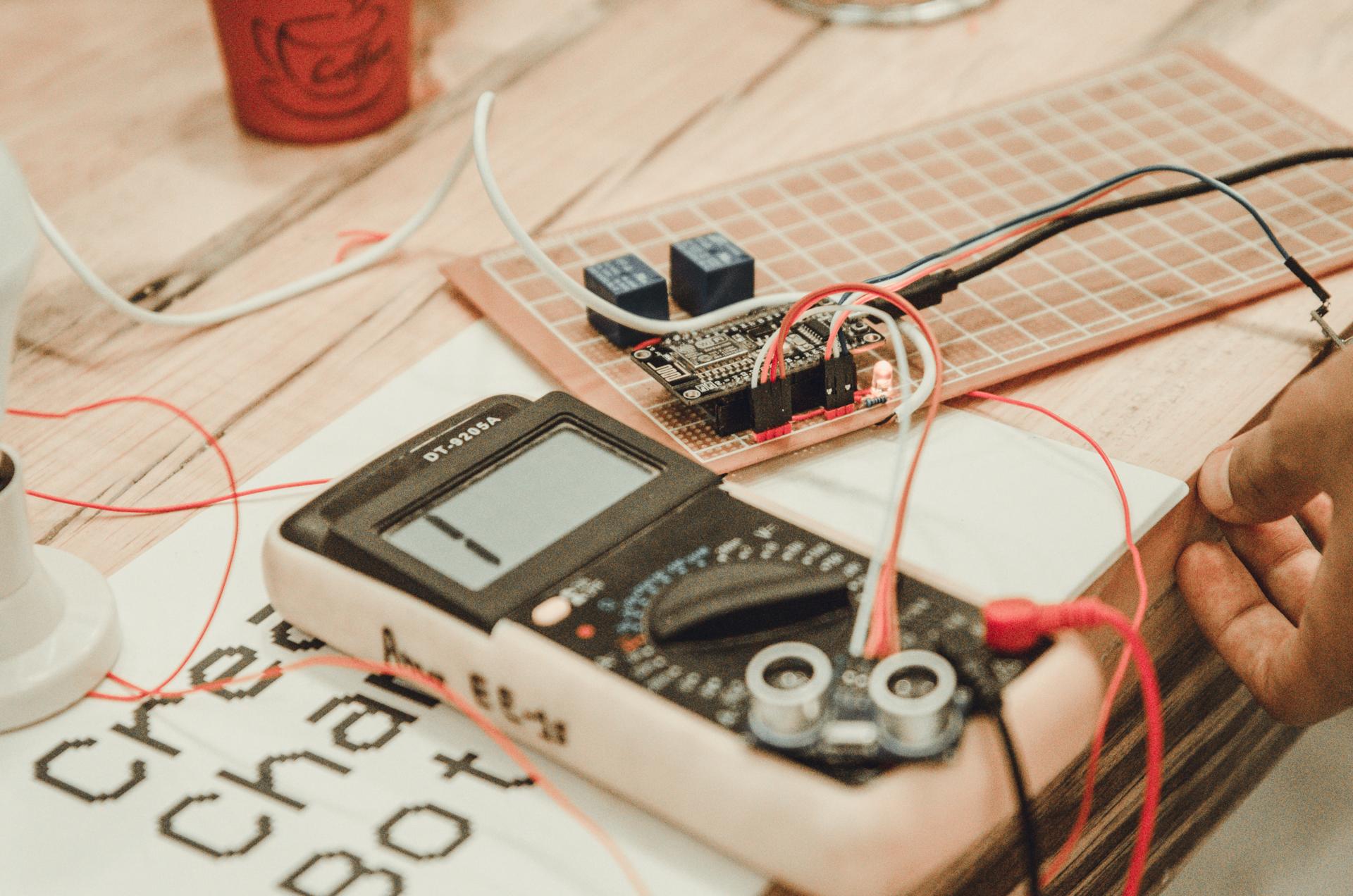Performing an Electric Security Test in Your House: The Ultimate Guide

In the realm of security in your home one of the most crucial aspects to be considered is electrical safety. Electrical safety testing is the process of evaluating the electrical system of your home to make sure that it is safe and in compliance with the latest standards. In this article, we’ll provide you with an overview of what the electrical safety tests are, what tools you’ll require to conduct them, the best method to perform the tests, and what warning signs to be on the lookout for.
What is the definition of an Electrical Safety Test?
An electrical safety test is the process of checking the electrical system in your home to ensure that it is safe and working in a proper manner. Safety tests for electrical appliances are crucial as they can prevent electrical accidents and fires, and ensure the longevity that your electric system has.
Equipment Required to conduct an Electrical Safety Test
To conduct an electrical safety test you’ll need some essential tools. These include a voltage tester as well as a continuity tester, circuit tester and outlets tester. It is utilized to test for live circuits, while the continuity tester checks for circuits that are damaged. The circuit tester is used to look for wiring issues as well as outlets testers are used to detect wiring problems in the outlets. It is crucial to use these devices correctly to get exact results.
How do you conduct an electrical Safety Test
To conduct the electrical test at your home take these steps:
Turn off the power to the circuit you’re conducting tests on.
Make use of your voltage tester to check for live circuits.
Use this continuity tester to check for damaged circuits.
Use the circuit tester for checking for electrical faults.
Use the outlet tester to look for electrical problems in the outlets.
When testing Be sure to check for any evidence of wear or damage on the wires, such as damaged or frayed wires, burn marks, or loose connections. If you discover any problems you need to fix them as soon as possible to prevent any potential dangers.
Signs of Electrical Problems to Look Out For
There are several warning signs that could indicate electrical problems in your house. They include flickering light bulbs and frequent circuit breaker trips noises that crackle or buzz from outlets, the appearance of outlets that are discolored or hot and a smell of burning. If you spot any of these warning indicators, you must get to work immediately to avoid possible electrical hazards.
Conclusion
Electrical safety tests are crucial to ensure your safety and your family. Through regular testing and addressing any issues promptly to avoid any potential electrical hazards and extend the life of your electrical system. If you require assistance with electrical testing or repairs Don’t hesitate to reach out to Local Electrician Seven Hills. Our experienced team can give you professional guidance and support. Contact us at 1300 610 481 to schedule an appointment or request a quote.
FAQ Section
When should I perform an electrical safety test in my home?
We suggest conducting safety tests for electrical equipment at least once a year.
Can I perform an electric safety check by myself or do I need a professional?
Although it’s possible to conduct an electrical safety test on your own, it’s recommended to hire an expert to guarantee accurate results and prevent potential hazards.
Are there any frequent electrical problems that can be found in an electrical safety check?
The most common electrical problems found during a safety test comprise malfunctioning wiring, overloaded circuits, and outdated electrical systems.
What do I do if encounter a problem during the electrical safety check?
If you find an issue during the electrical safety test, it’s important to act quickly. This could include getting an expert electrician to address the issue or replacing the equipment that is malfunctioning.
